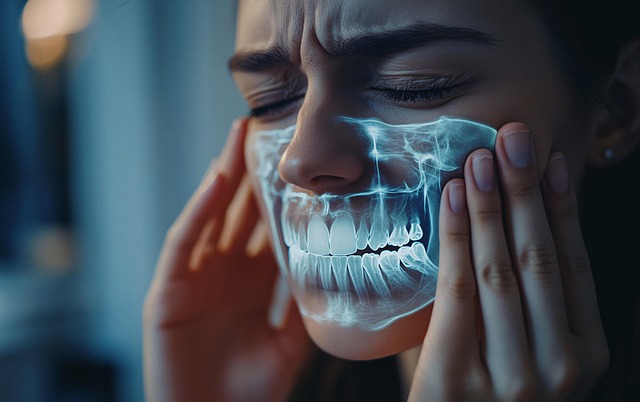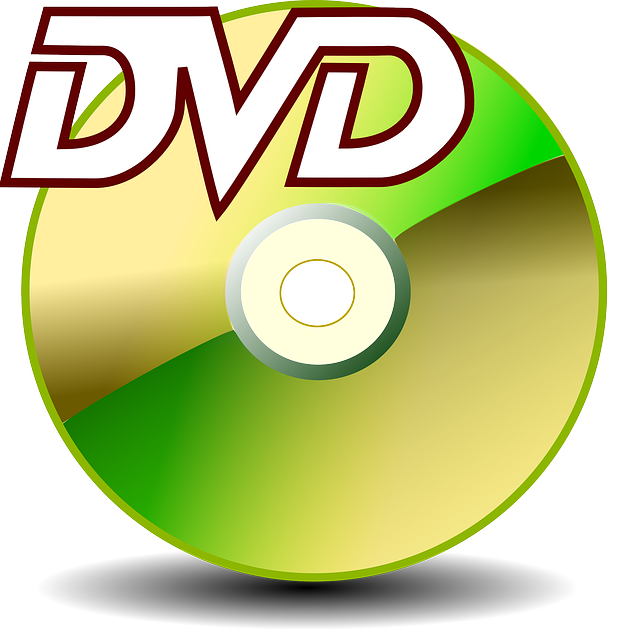Chiropractic management is a leading treatment option for individuals with herniated discs resulting from rear-end collisions, addressing structural issues and nerve pressure. Chiropractors employ techniques like spinal adjustments and manual therapy to restore proper spine alignment, reduce inflammation, and promote disc hydration, aiding in the healing process of car crash-related whiplash or back injuries. This approach, combined with patient care strategies including exercise, posture maintenance, and ice/heat therapy, is key to effectively managing herniated discs post-car crash under professional guidance.
Rear-end collisions can cause significant damage, including slipped or herniated discs in the spine. This article explores effective healing strategies for such injuries, focusing on the role of chiropractic management. We delve into the impact of rear-end collisions on the spinal column and provide valuable recovery tips. Understanding how chiropractic care can help alleviate pain and promote healing after a car crash is essential for those looking to restore mobility and well-being.
- Understanding Chiropractic Management for Herniated Discs Post-Car Crash
- The Impact of Rear-End Collisions on the Spinal Column
- Effective Healing Strategies and Recovery Tips for Slipped Discs
Understanding Chiropractic Management for Herniated Discs Post-Car Crash

Chiropractic management is a common approach for individuals who have experienced herniated discs following a rear-end collision. After such an accident, the spine can be subjected to sudden and intense stress, leading to disc herniation or further exacerbating existing conditions. Chiropractors are experts in diagnosing and treating musculoskeletal disorders, including those related to car crashes. They employ various techniques to alleviate pain and promote healing, such as spinal adjustments, manual therapy, and exercise recommendations.
Chiropractic care focuses on addressing the underlying structural issues that contribute to disc herniation. Through careful manipulation of the spine, chiropractors can reduce pressure on affected nerves, improve mobility, and enhance overall spinal health. Additionally, they may incorporate heat or ice therapy, electrical stimulation, and other modalities to accelerate healing and provide patients with immediate relief from post-collision symptoms.
The Impact of Rear-End Collisions on the Spinal Column

Rear-end collisions are a common occurrence on our roads, and while many vehicles and safety features have improved over time, the impact on the human body can still be severe. When a car is struck from behind, force is suddenly transferred through the vehicle, especially at the rear. This can lead to significant stress on the spinal column, particularly in the lower back region.
In many cases, this impact results in herniated or slipped discs within the spine. These discs act as cushions between the vertebrae and play a crucial role in maintaining spinal flexibility and movement. When damaged, they can cause immense pain and discomfort, leading to what is often referred to as whiplash or back injuries. Chiropractic management after a post-car crash is essential to address these issues, focusing on healing herniated discs and restoring proper spinal alignment to alleviate pain and facilitate the body’s natural healing process.
Effective Healing Strategies and Recovery Tips for Slipped Discs

Healing slipped discs after a rear-end collision often involves a combination of chiropractic management and patient care strategies. Chiropractic manipulation can be highly effective in alleviating pressure on the affected nerves, reducing inflammation, and promoting disc hydration. This non-invasive approach aims to restore the natural alignment of the spine and support the healing process.
In addition to chiropractic care, patients should focus on a gradual return to physical activity, incorporating gentle exercises that strengthen the core without exacerbating pain. Maintaining proper posture during daily activities is crucial for preventing further strain on the affected area. Applying ice and heat therapy cyclically can help manage discomfort, while over-the-counter medications may provide relief from inflammation and pain. It’s essential to remember that recovery from a herniated disc post-car crash varies for everyone, thus, adhering to a healthcare professional’s guidance is paramount throughout the healing journey.
Chiropractic management plays a vital role in healing herniated discs resulting from rear-end collisions. By understanding the impact of such crashes on the spinal column and employing effective healing strategies, individuals can navigate their recovery journey with enhanced confidence. Chiropractic care offers a natural approach to managing pain and promoting disc regeneration, ultimately facilitating a smoother transition back to daily activities.














